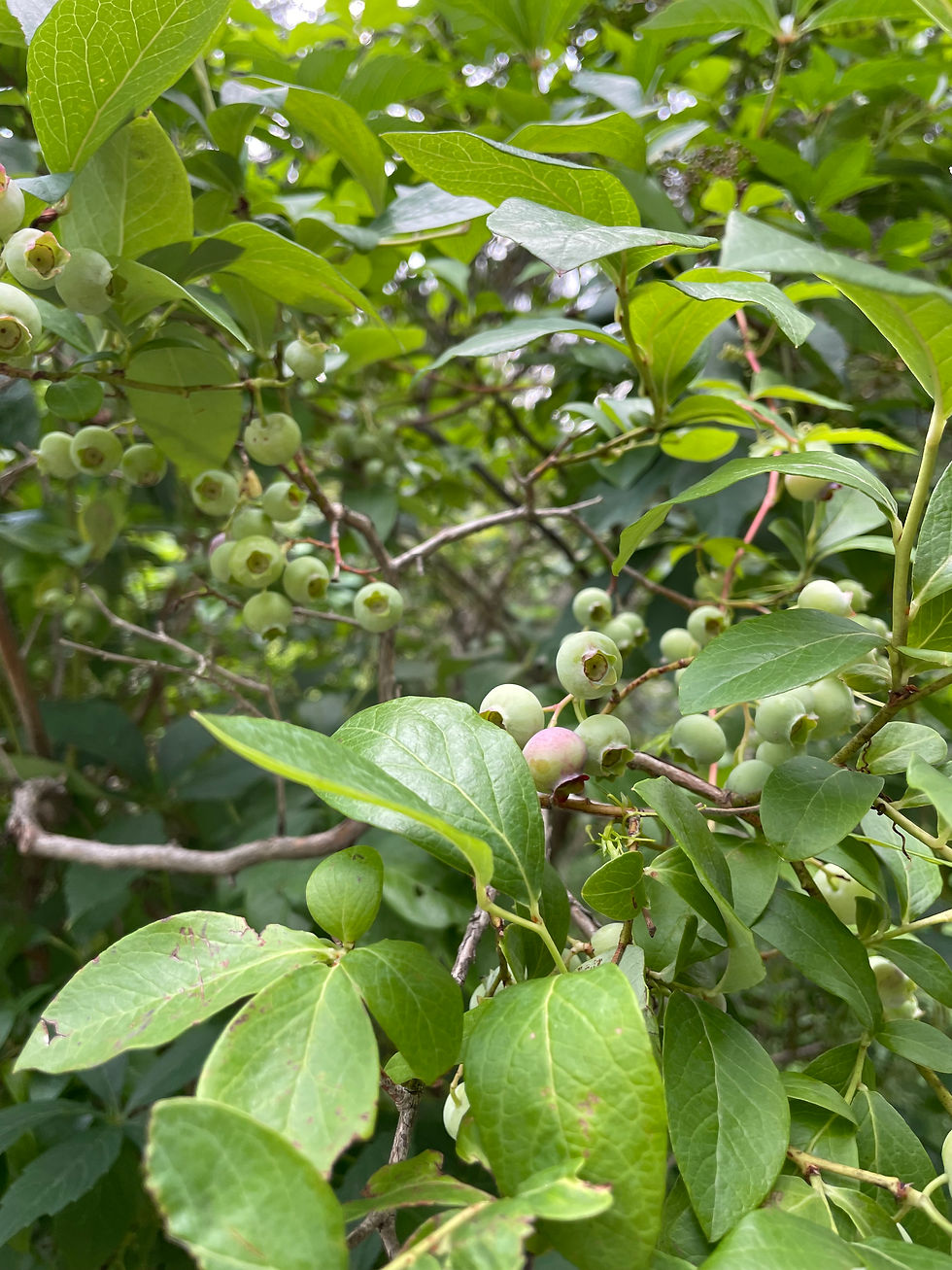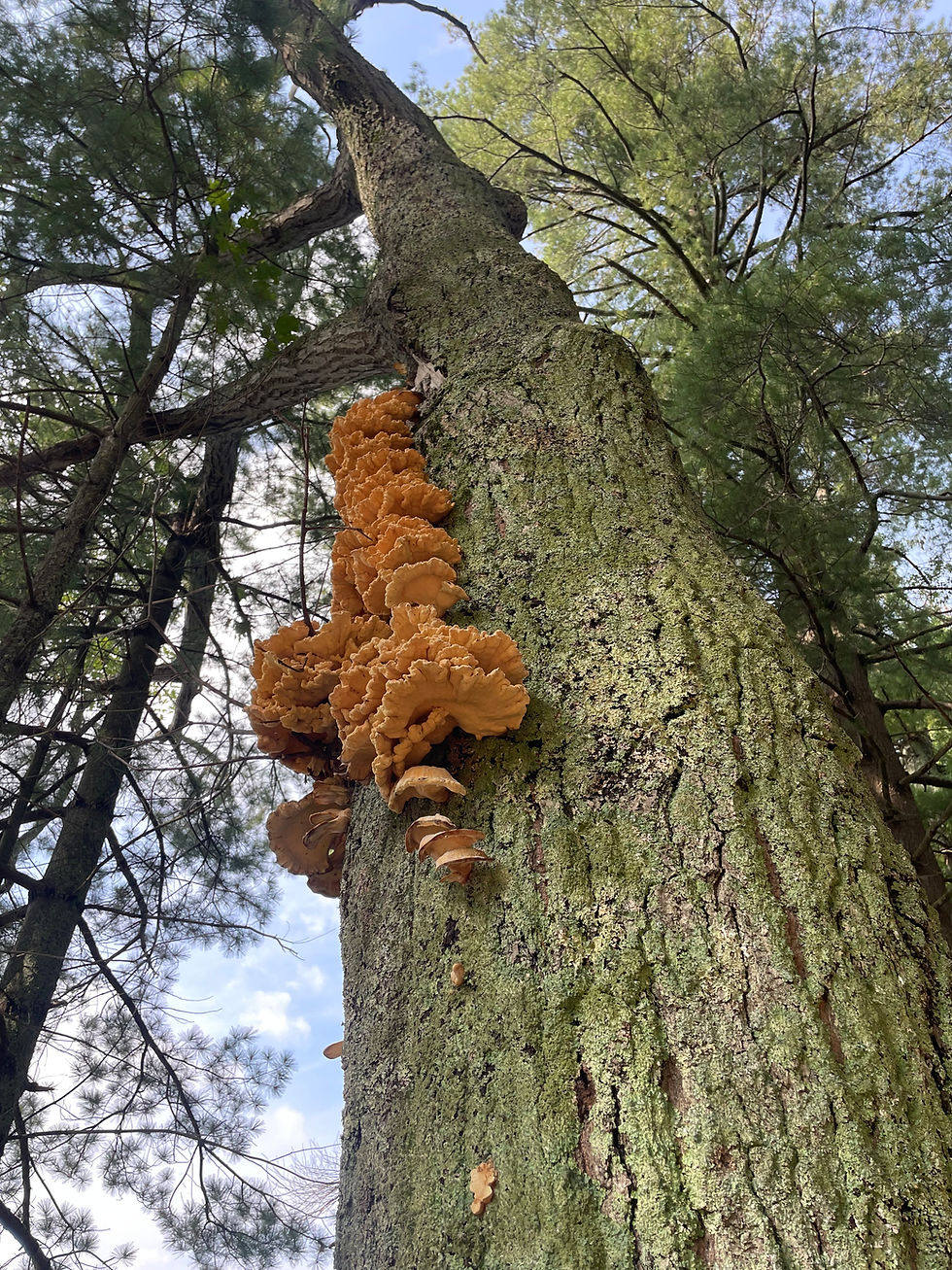The Importance of Indigenous-led and Nipmuc/k-led Land Trusts
- Nipmuc Community Land Project
- Aug 1
- 3 min read

Land trusts, at least in Massachusetts, have been around for over a century.1 Indigenous-led land trusts, however, are relatively recent arrivals in the local land trust space. The Native Land Conservancy (NLC), founded in 2012 by Mashpee Wampanoag Ramona Peters and based in Mashpee, MA, was the first Indigenous-led land trust east of the Mississippi
River. 2 On why she founded the NLC, Peters stated, “As a Wampanoag, like most [I]ndigenous people, my culture is earth based. Throughout life, I and my people have felt the destructio
n being done to our homelands and sought ways to slow, stop and heal. Founding the NLC is one answer...I founded the NLC to see if people would be inclined to give some land back at this point in our social evolution."3 While most of the land it has rescued resides within the traditional homelands of the Wampanoag, NLC has also supported land rescue in Nipmuc/k, Anishnabek, and Muscogee homelands.
Wanting “to slow, stop and heal” the destruction of their own tribal homelands, during winter of 2025 seven Nipmuc/ks4 from different bands and clans came together in that same spirit to form a Nipmuc/k-led land trust, Nipmuc Community Land Project (NCLP). Hoping that other Nipmuc/ks might feel the same way, they envisioned a diverse Nipmuc-led group that would work in a unified manner, across bands and clans. The vision of NCLP is “to restore the sacred relationship between the Nipmuc/k and our tribal homelands” that colonialism and centuries of genocidal policies had sought to destroy. This organization would steward returned land for the benefit of all Nipmuc/k, not just one band or clan.

Our tribal governments are just that, governments. They are the third sovereigns in the U.S. political system. Like non-tribal governments, they are vulnerable to partisan politics, authoritarianism, and inequitable representation like any other political system. Like non-tribal governments, some tribal governments may become more concerned with the consolidation of their own power and control than they are with doing what’s best for the land, water, human beings and more than human beings within their jurisdiction.
Tribal citizens have different traditions and customs of dissent and resistance to oppressive political forces within their tribal nations. In tribes with democratically and popularly elected councils and leadership, one effective method is voting. However, in tribes without democratically elected councils where all political authorities are appointed, like the Hassanamisco Nipmuc Band, dissent and resistance will likely take the form of extra-governmental actions in the formation of nongovernmental organizations (NGO).

We believe in upholding tribal and cultural sovereignty and acknowledge the critical roles that our Nipmuc/k tribal governments play. Also, we’d like to acknowledge the critical role that Nipmuc/k-led and Indigenous-led NGOs play in restoring our sacred relationships to our homelands, rescuing land, and building the capacity of Nipmuc/k people to steward these lands according to our traditions and culture. Indigenous-led NGOs are not competing with tribal governments, rather they are building capacity for land rescue, return, and stewardship, making room for Nipmuc/k tribal governments to govern by addressing the housing, health and well-being of all tribal citizens.
footnotes:
The first land trust, The Trustees of Reservations, was established in Massachusetts in 1891.
Idem
The Nipmuc/k are the Indigenous peoples of the Nipnet, the Nipmuc homelands that now reflect the colonial designations of central MA, northeastern CT and northwestern RI.

Good posts,